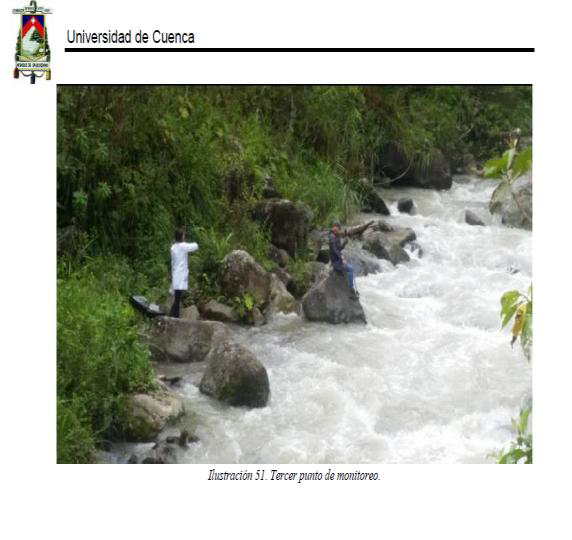
Creation of a community water fund through financing for agricultural production
THIS IS A TRANSLATION - THE STORY WAS SUBMITTED IN SPANISH
Please briefly describe your Water ChangeMaker journey
What was the problem addressed? The interrelationship between agricultural land and the conservation or protection of water recharge areas. On the one hand, disorganised agricultural production does not enable harvests to be planned to meet market demands, and on the other, organisations that manage irrigation have a view of water use that does not consider integrated management for the conservation and protection of water recharge areas. What caused the problem in the first place? Generalised analysis of the current situation in the areas, production factors, organisational models within an organisation, and the model of disjointed management between institutions involved in water issues, leading to sectoral (rather than intersectoral) policies for local territorial development. Were there any barriers? Direct financial support for organisations regarding the agricultural irrigation proposal. Weakened organisations without leadership to benefit the entire irrigation organisation. Issues around setting up irrigation organisations to legally manage and receive financial support directly. Who or what was involved in causing the problem, and who or what was affected by the problem? The institutional framework does not have binding action plans for irrigation and water protection areas, nor does it have budget allocations. Irrigation organisations not having proposals drawn up to manage the necessary resources. Leadership by obligation and not by belief among organisation management. Not having legal entities to sign contracts and agreements directly without the need for intermediaries. Design of unilateral public policies with an entirely sectoral vision, without involving organisations.
Please describe the change that your initiative created and how was it achieved
How did your initiative help build resilience to climate change?
Preparation of property management plans to increase water retention capacity and prevent soil erosion, with the signing of joint water agreements. Financial sustainability mechanism for investment in projects for the conservation and protection of water recharge areas at the socio-institutional level.
ORGANISATIONAL: administrative and operational procedures were developed to foster cohesion among organisation leaders, based on the Annual Operational Plan. Definition of strategies with an integrated approach, areas of water recharge, hydraulic infrastructure, production, and organisational strengthening. Integrated "Réplicas" training agreement, land legalisation. AGRICULTURAL
PROPOSALS: development of management plans for the main crops in relation to soil, water, plants, and animal husbandry. Agreements to replicate the implementation of plot irrigation. Implementation of organic fertilisation. Technical assistance for crop diversification and project monitoring. Weather monitoring.
What water-related decisions did your initiative influence or improve?
COMMUNITY WATER FUND: the establishment of water recharge areas is linked to local decision-making and the land use plan that allows the creation of a legal framework for the implementation of actions through an environmental sustainability strategy. ORGANISATIONAL: organisational strengthening through collective leadership with the establishment of joint responsibilities in an annual operating plan calls for the participation of underrepresented societal groups, the design of inclusive policies, and applied science to balance water resource supply and demand. Coordination through management with the region’s leaders. AGRICULTURAL PROPOSALS: pragmatism based on local experience, development of planning and operational tools that make improvement processes more sustainable, transparency in organisational management, access to information about the local reality that results in the creation of public policies based on these realities. The development of skills for financial project management that bring about joint responsibility for economic growth. Coordination with a clear objective to achieve local development, using spaces, policies, and relationships.
What were some of the challenges faced and how were they overcome?
In your view: Will the change that was created by your initiative continue?
What makes you confident that the changes achieved will last? COMMUNITY WATER FUND: the regulation of land use established by the joint water agreements with landowners in water recharge areas linked to the land use plan and the financial sustainability mechanism. ORGANISATIONAL: operational tools and legal regulations are linked in an integrated approach along with training, called "Réplicas", to strengthen collective leadership. AGRICULTURAL PROPOSAL: a continuity project is underway, allowing for a second phase to build on the pilot with the links in the production chain. What do you think puts your achievements at risk (if at all)? Initial changes of leaders who were not there from the beginning, motivation for collective leadership, institutional sectorisation. Have you done anything to help the change you introduced to continue? In addition to having developed a continuity project, we are leading the formation of an Association of Irrigation Boards at the macro level, initially made up of 20 beneficiary organisations.
